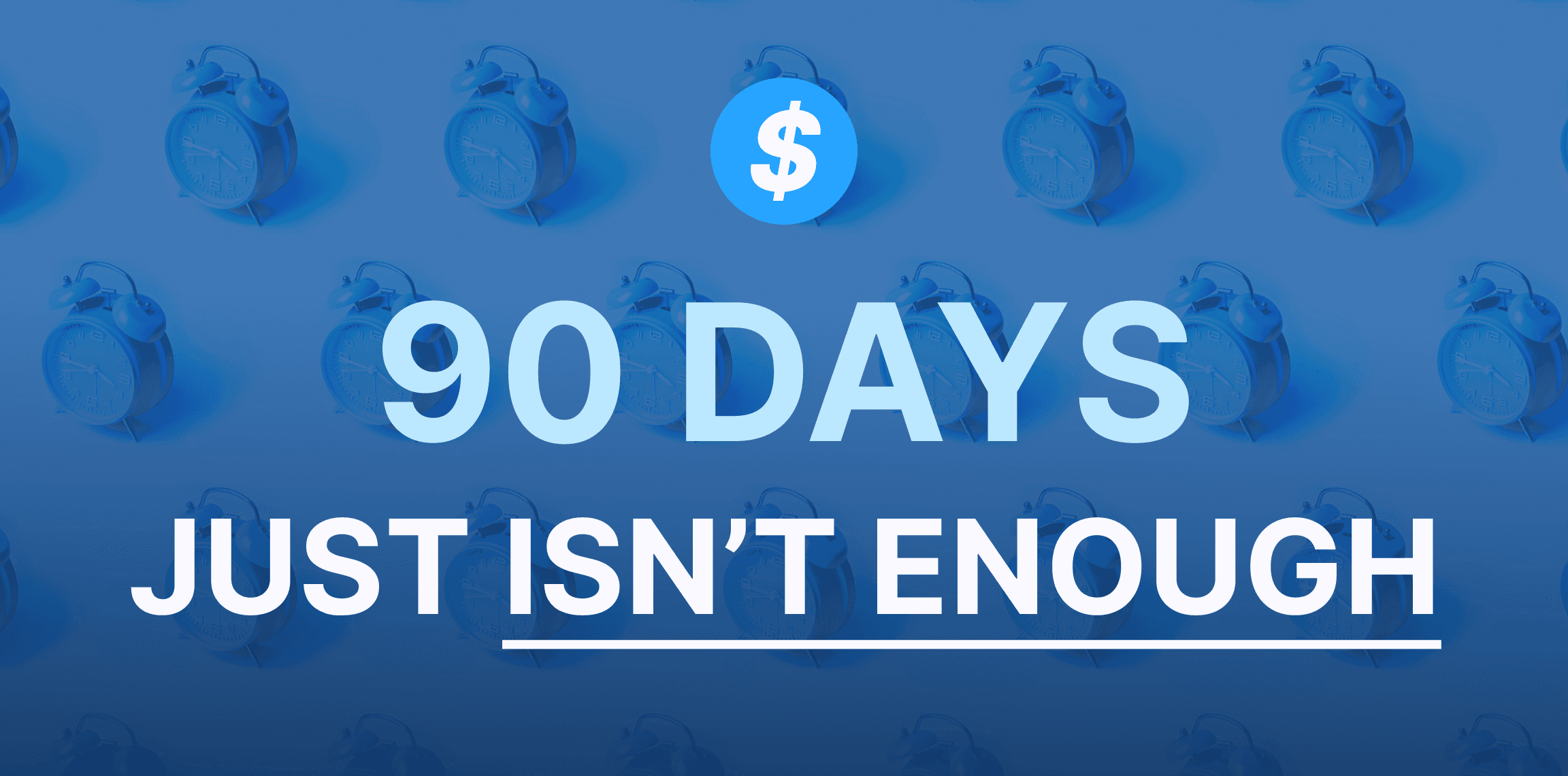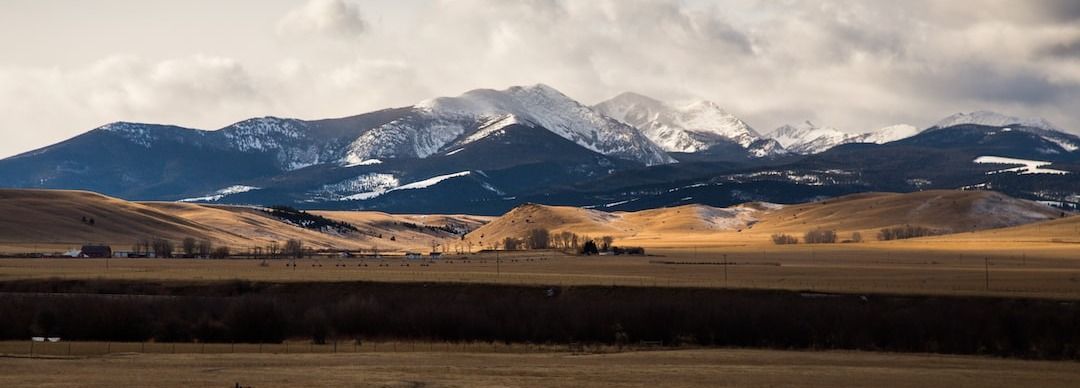Think you can complete your BEAD application in 90 days? Think again.
January 18, 2024
If you're waiting for your state's application, you'll be too late.

We're super excited to celebrate the 10th annual SHLB AnchorNETS conference in Arlington, Virginia next week with the Schools, Health & Libraries Broadband Coalition.
Conference organizers have assembled a stellar group of change-makers who are all working hard to close the digital divide.
It's not possible to do that without anchor institutions, in our opinion. Anchor institutions are just that — they are anchors that tether communities that would otherwise be adrift without the resources and support provided by schools, health institutions, libraries and other kinds of community centers.
Community anchor institutions must be engaged and activated in order to make the most of the nation’s largest – and almost certainly last – investment in telecommunications infrastructure through the Infrastructure Investment and Jobs Act's BEAD funding program.
Next week's AnchorNETs conference will provide us all with the opportunity to think best about how we can do this.
Among the sessions we're looking forward to:
Broadband.money recognizes the importance of community anchor institutions.
That's why subscribers can use Broadband.money to identify and index all U.S. anchor institutions, so you can engage these vital institutions in your broadband grant proposals.

One of the important questions we hope to tackle at AnchorNETs is the impact of the FCC's decision to assume that all anchor institutions are served in its forthcoming fabric map.
The assumption seems to directly contravene the goals of the IIJA's BEAD funding program. The National Telecommunications and Information Administration (NTIA)’s Notice of Funding Opportunity (NOFO) specifically asks broadband grant applicants to explain how they define the term “community anchor institution,” (CAI,) how they will identify each CAI in their jurisdiction, and how they “assessed the needs of eligible CAIs, including what types of CAIs it intends to serve; which institutions, if any, it considered but declined to classify as CAIs; and, if the Eligible Entity proposes service to one or more CAIs in a category not explicitly cited as a type of CAI” in the IIJA.
For its part, the NTIA defines community anchor institutions in its BEAD NOFO as:
“an entity such as a school, library, health clinic, health center, hospital or other medical provider, public safety entity, institution of higher education, public housing organization, or community support organization that facilitates greater use of broadband service by vulnerable populations, including, but not limited to, low-income individuals, unemployed individuals, children, the incarcerated, and aged individuals. An Eligible Entity may propose to NTIA that additional types of institutions should qualify as CAIs within the entity’s territory.
The NOFO also states:
“NTIA underscores its strong preference that Eligible Entities also ensure deployment of gigabit connections to community anchor institutions such as libraries and community centers that lack such connectivity.”
How will states and territories use broadband grant funding to make sure that anchor institutions and their communities are adequately served?
Come join us at SHLB AnchorNETS conference in Arlington, Virginia next week to find out.

January 18, 2024
If you're waiting for your state's application, you'll be too late.

January 09, 2024
The big sky state joins a small list of eligible entities that have kicked off their broadband challenge process.